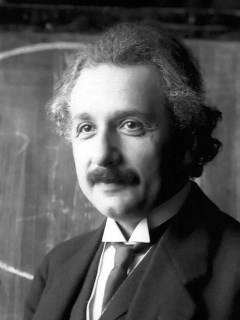
Publication details
Publisher: Springer
Place: Berlin
Year: 1998
Pages: 429-432
Series: Vienna Circle Institute Yearbook
ISBN (Hardback): 9789048149926
Full citation:
, "Jan Faye, Niels Bohr" Vienna Circle Institute Yearbook 5, 1998, pp. 429-432


Jan Faye, Niels Bohr
pp. 429-432
in: Werner Leinfellner, Eckehart Köhler (eds), Game theory, experience, rationality, Berlin, Springer, 1998Abstract
Our centuries saw two deep revolutions of physics with far ranging consequences for the way we view the world. The revolution brought about by the Theory of Relativity, or rather the two Theories of Relativity, the Special and the General one, implies that the notions of space and of time are not absolute. Rather, they depend on the relation of the observer to the observed phenomena. This is deeply rooted in Mach's principle: "Physics should only make statements about observable quantities". The clear analysis as provided by Albert Einstein of what it really means to actually measure distances in space and differences of time implies that neither space nor time can be absolute.
Cited authors
Publication details
Publisher: Springer
Place: Berlin
Year: 1998
Pages: 429-432
Series: Vienna Circle Institute Yearbook
ISBN (Hardback): 9789048149926
Full citation:
, "Jan Faye, Niels Bohr" Vienna Circle Institute Yearbook 5, 1998, pp. 429-432

